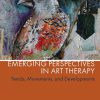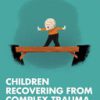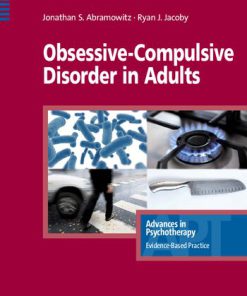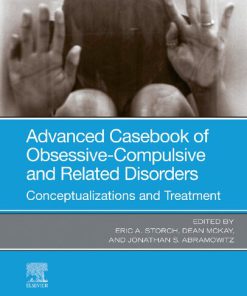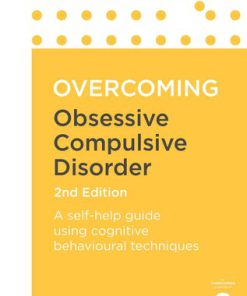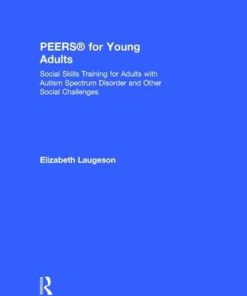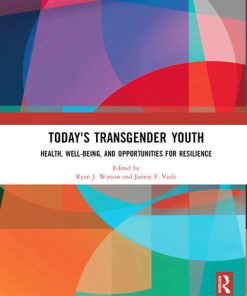Obsessive Compulsive Disorder in Adults 1st Edition by Jonathan S Abramowitz, Ryan J Jacoby ISBN 0889374112 9780889374119
$50.00 Original price was: $50.00.$25.00Current price is: $25.00.
Obsessive Compulsive Disorder in Adults 1st Edition by Jonathan S Abramowitz, Ryan J Jacoby – Ebook PDF Instant Download/Delivery: 0889374112 ,9780889374119
Full download Obsessive Compulsive Disorder in Adults 1st Edition after payment
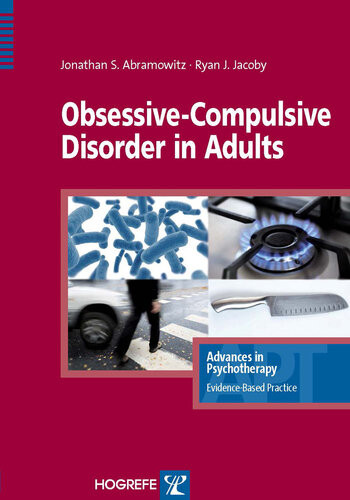
Product details:
ISBN 10: 0889374112
ISBN 13: 9780889374119
Author: Jonathan S Abramowitz, Ryan J Jacoby
Obsessive Compulsive Disorder in Adults 1st Edition Table of contents:
1. Description
1.1 Terminology
1.2 Definition
1.2.1 Insight
1.2.2 Tics
1.2.3 OCD From an Interpersonal Perspective
1.3 Epidemiology
1.4 Course and Prognosis
1.5 Differential Diagnoses
1.5.1 Generalized Anxiety Disorder (GAD)
1.5.2 Depression
1.5.3 Tics and Tourette’s Syndrome (TS)
1.5.4 Delusional Disorders (e.g., Schizophrenia)
1.5.5 Impulse Control Problems
1.5.6 Obsessive-Compulsive Personality Disorder (OCPD)
1.5.7 Illness Anxiety (aka Hypochondriasis)
1.5.8 Body Dysmorphic Disorder (BDD)
1.5.9 Hoarding Disorder
1.6 Comorbidities
1.7 Diagnostic Procedures and Documentation
1.7.1 Structured Diagnostic Interviews
1.7.2 Semi-Structured Symptom Interviews
1.7.3 Self-Report Inventories
1.7.4 Documenting Changes in Symptom Levels
2. Theories and Models
2.1 Biological Theories
2.1.1 Neurotransmitter Theories
2.1.2 Neuroanatomical Theories
2.2 Psychological Theories
2.2.1 Learning Theory
2.2.2 Cognitive Deficit Models
2.2.3 Contemporary Cognitive-Behavioral Models
3. Diagnosis and Treatment Indications
3.1 Form vs. Function
3.2 The Diagnostic Assessment
3.3 Identifying the Appropriate Treatment
3.3.1 Empirically Supported Treatments for OCD
3.4 Factors That Influence Treatment Decisions
3.4.1 Age
3.4.2 Gender
3.4.3 Ethnic/Racial Background
3.4.4 Educational Level
3.4.5 Patient Preference
3.4.6 Clinical Presentation
3.4.7 OCD Symptom Theme
3.4.8 Interpersonal Factors
3.4.9 Insight
3.4.10 Comorbidity
3.4.11 Treatment History
3.5 Presenting the Recommendation for CBT
4. Treatment
4.1 Methods of Treatment
4.1.1 Functional Assessment
4.1.2 Self-Monitoring
4.1.3 Psychoeducation
4.1.4 Using Cognitive Therapy Techniques
4.1.5 Using Acceptance-Based Strategies
4.1.6 Planning for Exposure and Response Prevention
4.1.7 Implementing Exposure and Response Prevention
4.1.8 Ending Treatment
4.2 Mechanisms of Action
4.3 Efficacy and Prognosis
4.4 Variations and Combinations of Methods
4.4.1 Variants of CBT Treatment Procedures
4.4.2 Combining Medication and CBT
4.4.3 Involving Significant Others in Treatment
4.5 Problems in Carrying Out the Treatment
4.5.1 Negative Reactions to the CBT Model
4.5.2 Nonadherence
4.5.3 Arguments
4.5.4 Persistent Family Accommodation of OCD Symptoms
4.5.5 Therapist’s Inclination to Challenge the Obsession
4.5.6 Hijacking Psychoeducational and Cognitive Interventions
4.5.7 Using Exposure to Control Anxiety
4.5.8 Unbearable Anxiety Levels During Exposure
4.5.9 Absence of Anxiety During Exposure
4.5.10 Therapist Discomfort With Conducting Exposure Exercises
4.6 Multicultural Issues
5. Case Vignettes
5.1 Case Vignette 1: Contamination Symptoms
5.2 Case Vignette 2: Harming Symptoms
5.3 Case Vignette 3: Incompleteness Symptoms
5.4 Case Vignette 4: Unacceptable Thoughts
6. Further Reading
7. References
8. Appendix: Tools and Resources
People also search for Obsessive Compulsive Disorder in Adults 1st Edition:
obsessive-compulsive disorder is marked by
obsessive-compulsive disorder is more common in
an example of obsessive compulsive disorder
what are the causes of obsessive compulsive personality disorder
obsessive-compulsive disorder psychology example
Tags: Jonathan S Abramowitz, Ryan J Jacoby, Obsessive Compulsive Disorder, Adults
You may also like…
Politics & Philosophy - Anthropology
Psychology - Psychotherapy
Relationships & Lifestyle - Personal Growth & Inspiration
Uncategorized
Biology and other natural sciences - Microbiology
Ryan & Sherris Medical Microbiology 8th Edition Kenneth J. Ryan
Relationships & Lifestyle - Personal Growth & Inspiration
Relationships & Lifestyle - Psychological Self-Help
Medicine - Immunology
Sherris Medical Microbiology, Seventh Edition Kenneth J. Ryan

